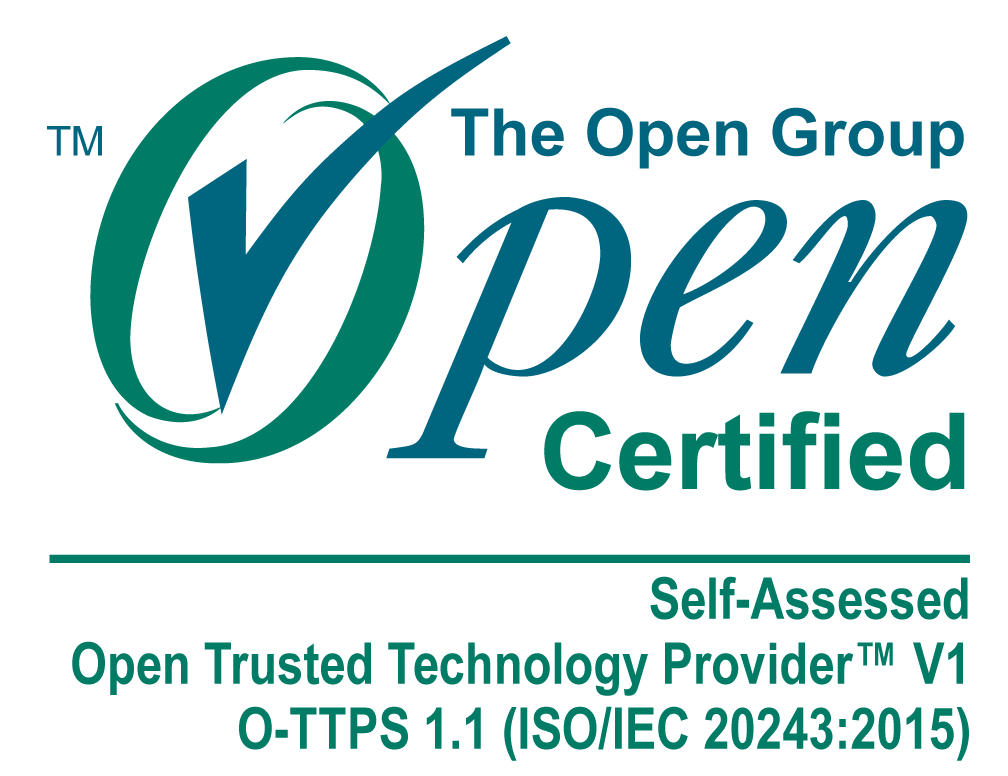How AI at the (Cutting) Edge Can Transform Government Businesses

Today edge computing is poised to transform the way federal agencies and private businesses handle large volumes of data and real-time decision-making in distributed environments. According to Accenture, 9 in 10 federal leaders say edge computing is important for meeting mission needs - meanwhile, 78% predict that edge solutions will have a major impact on artificial intelligence (AI) and machine learning (ML).
In many ways, edge computing is already delivering on its promise to improve traditional computing by enabling rapid response to large data volumes, better privacy, and advanced computing capabilities in remote locations. As AI advances, these benefits will increase, and the amount of data processed at the edge (close to the user) will grow exponentially.
In this article, we'll explain what edge computing is, how it relates to AI, and how it can transform businesses in both the public and private sector. But first, we'll explain why today's organizations need edge computing in the first place.
The Need for Computing at the Edge
Today, the amount of data that organizations consume and process on a daily basis is growing exponentially. Whether from Internet of Things (IoT) devices, sensors or other equipment, the amount of data generated at the edge of corporate networks is expected to grow 35% through 2025.
Compounding the problem of excess data, organizations are more distributed than ever before, encompassing multiple locations and operating centers. While this is true in the private sector in everything from retail to utilities and manufacturing, it is especially true for government agencies and military branches who are deployed around the world in remote locations.
Thanks to these conditions, it is no longer easy for organizations to offload data and operations to a centralized computing or cloud platform. Not only is it prohibitively expensive - requiring vast networking and remote compute resources - but it is often impractical in locations where network connections are weak or non-existent.
Even where traditional computing methodologies can still be practiced, cloud can never offer the same level of real-time responsiveness or sensitivity that today's applications demand. A new approach is needed, and that is where edge computing comes into play.
Edge Computing Explained
Given the limitations of traditional computing paradigms, the obvious solution is to process information as close to the user as possible rather than sending it off to a centralized location. In a nutshell, that's exactly what edge computing is: after gathering data from local devices, that data is either entirely processed or pre-processed on location before it is finished in the cloud.
Following this paradigm has enabled the National Aeronautic and Space Administration (NASA) to accomplish processes that once took months or even weeks in mere minutes. Ultimately, edge computing is a game-changer with radically transformative potential: when applied correctly, it can save organizations vast amounts of time and expense while enabling new applications that change the way they operate.
How Edge Computing and AI Overlap
At first glance, it may not be clear what edge computing has to do with AI - but a successful edge implementation requires many enabling technologies. As these technologies come into fruition, the accessibility of edge computing will also increase.
One such technology is high-bandwidth wireless networks like 5G, which enables seamless, low-latency connectivity between the network edge and the Internet for multiple devices.
Meanwhile, AI and ML can handle complex computing processes on the edge of a network, from monitoring for remote facilities to data aggregation and analysis. As opposed to rule-based software and algorithms, AI models can recognize meaningful patterns in a complex environment, enabling on-the-fly responses without the need for powerful computer resources.
Four Use Cases for AI at the Edge
As time goes by, edge computing will power transformative applications across multiple industries. To illustrate, we will discuss use cases for industrial environments, healthcare, the defense sector and hybrid workplaces.
- Industrial Environments
Industrial environments - from manufacturing to energy production and transportation facilities - contain thousands of systems and assets producing data at any given time. Consequently, the number of potential applications for edge computing are nearly limitless.
For instance, edge devices can monitor systems throughout their lifecycle for signs of failure and breakdown to recommend predictive maintenance. While predictive maintenance is a concept that has been practiced for many years, it is often unreliable without the help of constant data and AI algorithms for analysis.
In addition to predictive maintenance, edge computing can also aid in optimizing energy consumption, enhancing safety, automating processes and much more.
- Defense Sector
As with industrial environments, the number of potential applications for edge computing in the Defense Sector is nearly limitless. Not only do military branches manage large amounts of equipment in locations around the world, but also vehicular fleets and personnel. Edge computing has applications for all three.
In the case of equipment, it can help with tracking, maintenance and recovery. Meanwhile, connected sensors attached to personnel can be used to provide rapid information that leads to better organization and rapid response when necessary. In the case of vehicular fleets - such as networks of unmanned aerial vehicles (UAVs) - edge computing can help units to stay connected and respond to changing environmental factors in real time.
- Healthcare
In the healthcare sector, edge computing not only shows great promise as a tool for collecting data from a variety of sources - including wearables and hospital equipment - but also as a safer and more secure way to handle sensitive information about patients. Healthcare facilities that leverage edge computing can send less data to a centralized location, reducing the likelihood of a breach.
In the future, edge computing could also become a critical component of robotic telesurgery, enabling remote physicians to stay connected with the operating room while reducing barriers to sensitive procedures such as latency, packet loss and jitter. In a healthcare environment, the components of edge systems - including 5G, AI and ML - have true lifesaving potential.
- Remote Working
As the number of remote workers rises in America, companies are increasingly dependent on high bandwidth connectivity to stay collaborate with employees while maintaining a hybrid workplace model. However, employees who live in rural areas often lack access to high bandwidth, low latency connections.
With the help of multiaccess edge computing (MEC) capabilities offered by 5G network providers, organizations can push resources closer to where their employees live, providing seamless access to data and applications along with the bandwidth required for video calling and other forms of real-time collaboration. Ultimately, edge computing will assist with emerging business models that heavily depend on remote connections around the world.
At Epoch Concepts, we design, source and integrate solutions to empower our customers. From storage to infrastructure, cybersecurity and cloud solutions, we architect fully customizable IT solutions and offer continual customer support. Above all, we put the security of our customers first and work to create an impenetrable supply chain they can trust. When it comes to emerging cybersecurity legislation and standards, we are here to help you every step of the way. Contact us to learn more.


